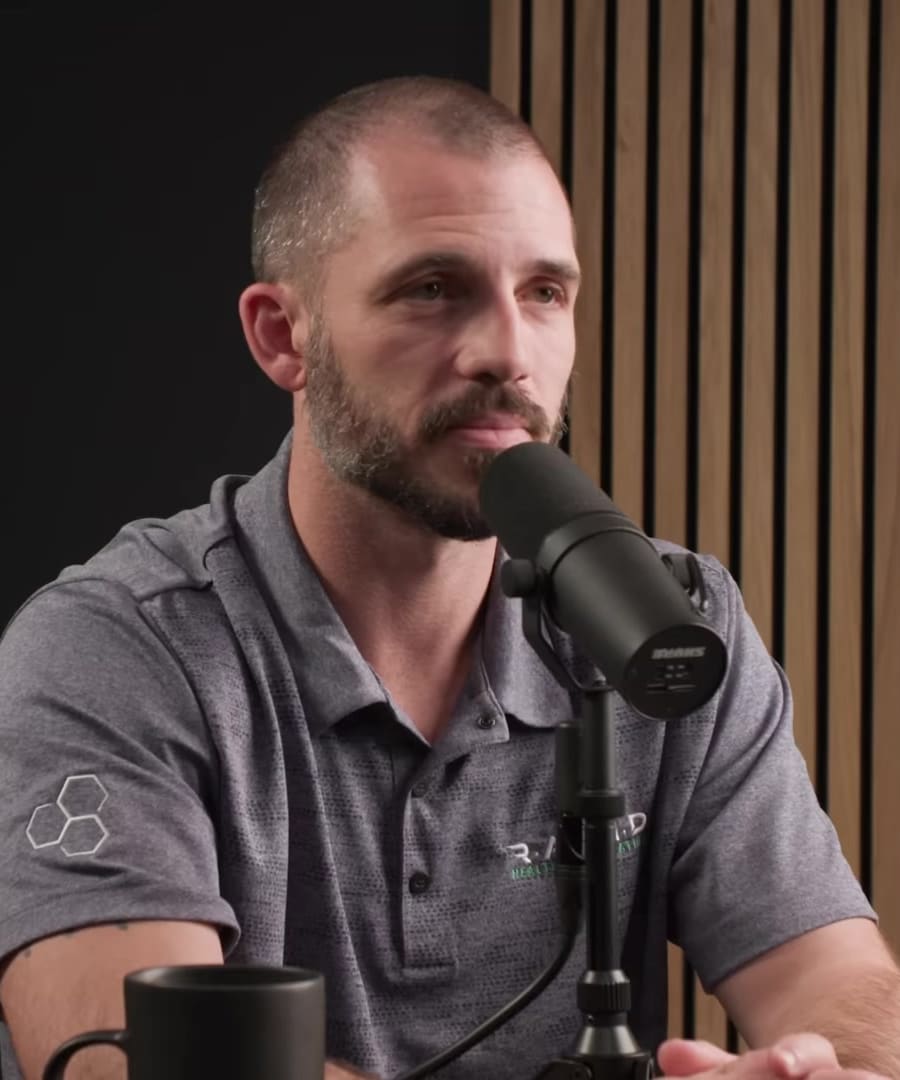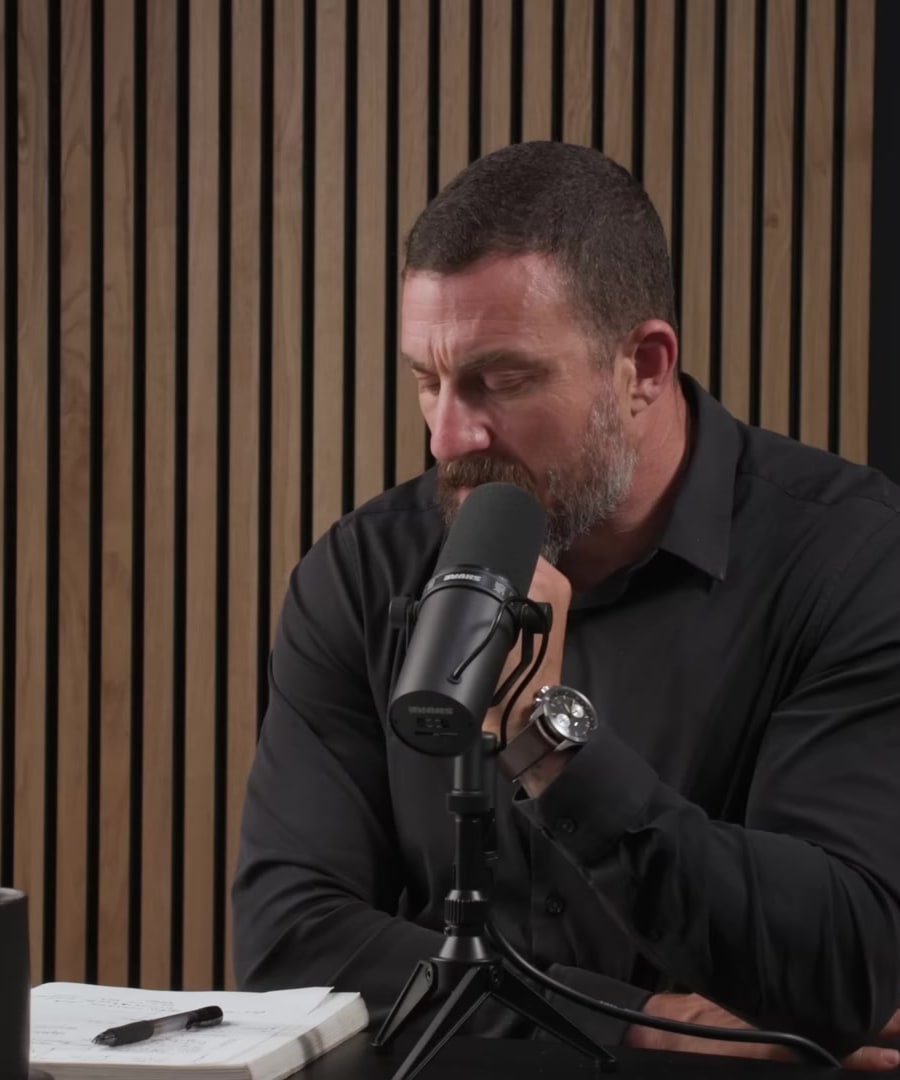How to breathe after workout for recovery?
Sources:
To enhance recovery after a workout, and recommend incorporating specific breathing techniques. Key strategies include:
-
Down Regulation Breathing: This involves 3-5 minutes of deliberately slowed breathing emphasizing exhales. Such practices help shift the nervous system from a state of heightened alertness (sympathetic activation) to a calmer, recovery state (parasympathetic activation) 1.
-
Physiological Sighs: Performing a series of double inhales through the nose followed by long exhales through the mouth can rapidly activate the parasympathetic system, promoting relaxation and aiding recovery 1.
-
Box Breathing: This involves equal durations of inhaling, holding, exhaling, and holding again. A typical pattern could be 5 seconds each for a total of 20 seconds per box cycle. This technique can be done while lying down or in a calm, quiet environment to maximize effectiveness 2.
-
Extended Exhales: Emphasizing the length and forcefulness of your exhales compared to your inhales helps calm the body. For example, if you inhale for 4 seconds, exhale for 8 seconds 3.
-
Frequent Breaks During Sets: Incorporating physiological sighs between workout sets can help calm the nervous system, facilitating better focus and quicker recovery during rest periods 4.
Consistently applying these techniques post-workout can significantly enhance recovery, allowing for faster adaptation and better overall performance in subsequent training sessions.
RELATED QUESTIONS-
What are other post-workout recovery methods?
Sources:
Post-workout recovery involves various strategies to alleviate soreness and enhance overall recovery, as discussed by and on the . Key methods include:
-
Compression: Using compression garments or boots can help move fluids in and out of tissues, enhancing blood flow and speeding up recovery. Massage and body work achieve similar effects 1.
-
Cold Water Immersion: Cold baths or ice baths can significantly reduce muscle soreness by reducing inflammation. However, they might blunt hypertrophic adaptations (muscle growth) if done immediately post-exercise 1 2.
-
Heat Therapy: Heat can help with muscle recovery by increasing blood flow. Personal preference plays a role in choosing between heat and cold 3.
-
Hydration and Nutrition: Proper hydration and nutrition are essential. Start rehydrating and refueling right after your workout 4.
-
Slow-Paced Music: Listening to slow-paced music post-workout can help kickstart the recovery process by reducing stress levels 4.
-
Down Regulation Breathing: Techniques like box breathing, physiological sighs, and extending exhales can shift the body into recovery mode by engaging the parasympathetic nervous system 5 6 7.
-
Non-Sleep Deep Rest (NSDR): Taking short NSDR sessions after working out can help replenish mental and physical vigor, aiding in recovery 8.
Applying these methods can help in managing post-workout soreness and enhance overall recovery, leading to better performance and adaptations in future training sessions.
RELATED QUESTIONS-
What is the best way to breathe during workout?
Sources:
Proper breathing during workouts is crucial for optimizing performance and safety. and offer several key techniques on the :
-
Resistance Training: Maintain intramuscular and intra-abdominal pressure. For heavy weights, brace during the eccentric (lowering) phase, and exhale during the concentric (lifting) phase. This helps stabilize the spine and maintain control 1.
-
Endurance Training: Nasal breathing is recommended as it can improve overall breathing mechanics. Keeping a good posture, especially avoiding hunching, enables better breath control and efficiency 2 3.
-
Breathing Strategies for Multiple Reps: For exercises like squats or deadlifts that involve multiple repetitions, a common strategy is to hold your breath during the lowering phase and exhale on the exertion phase. If performing high reps, develop a rhythm, such as breathing every few reps, to maintain consistency and avoid unnecessary pauses 4 5.
-
Recovery Breathing: Between sets, using techniques like the physiological sigh (two inhales through the nose followed by an extended exhale through the mouth) can help transition your nervous system from high alert to a more relaxed state, enhancing recovery and focus for subsequent sets 6 7.
Implementing these breathing techniques can significantly enhance workout performance and safety across different types of exercises.
RELATED QUESTIONS-
How to breathe after workout for recovery?
- RELATED QUESTIONS
What are other post-workout recovery methods?
- RELATED QUESTIONS
What is the best way to breathe during workout?
- RELATED QUESTIONS














